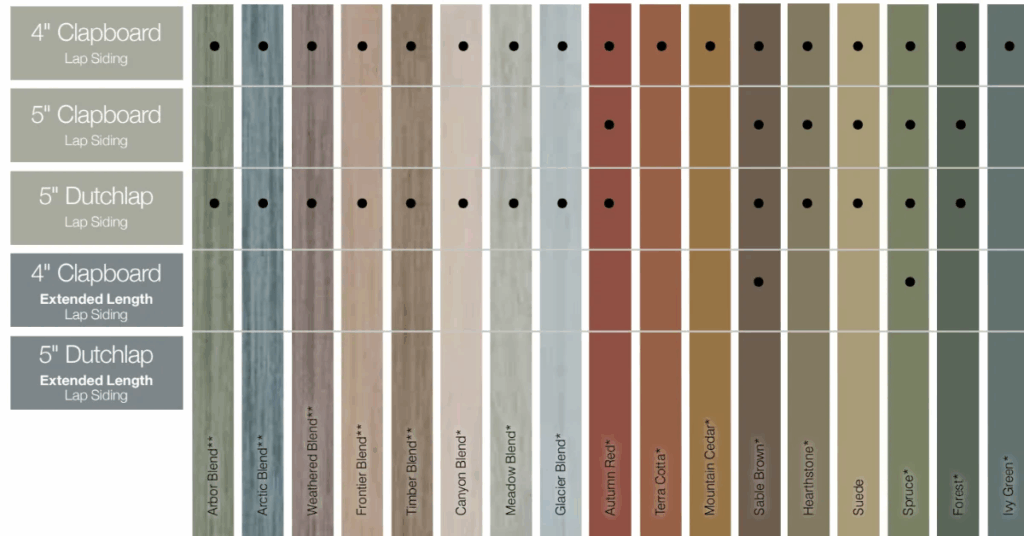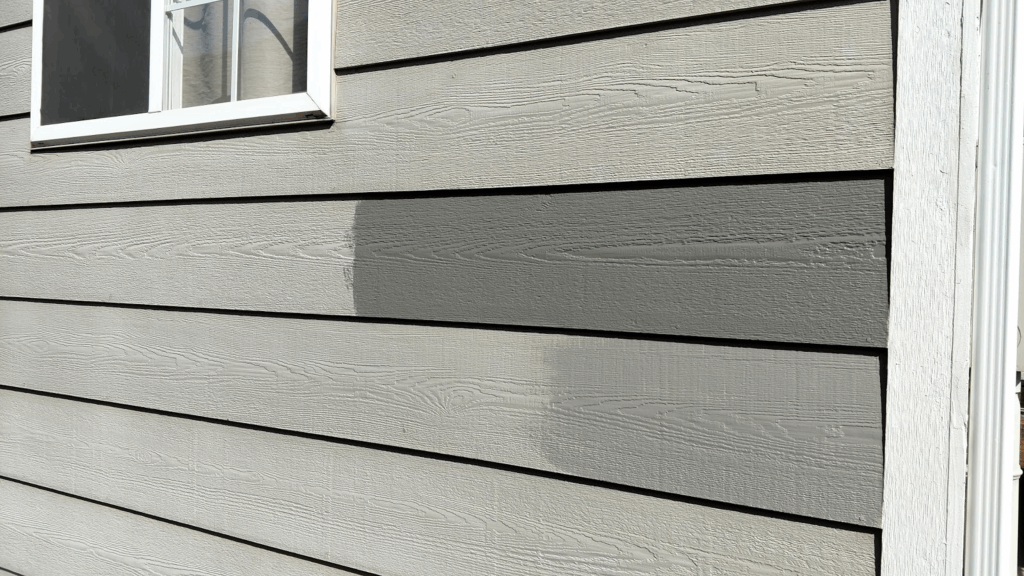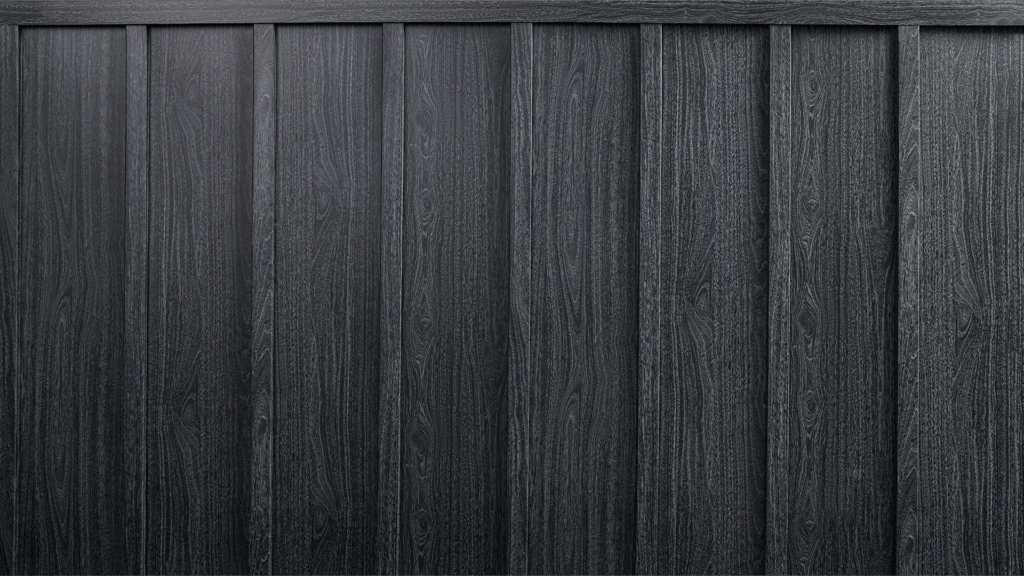
Choosing the right siding color for your home’s exterior is one of the most important decisions you’ll make when it comes to home improvement. The best siding for your home should not only complement the architectural style but also enhance its overall curb appeal. The right siding color can make your home stand out in a good way, creating a welcoming and visually appealing atmosphere. In this guide, we’ll give you expert advice on choosing siding color, matching colors to your home’s architecture, and aligning your choice with the surrounding neighborhood. Plus, we’ll discuss the siding color trends for 2025 to help you stay ahead of the curve.
“The best color in the whole world is the one that looks good on you.” — Coco Chanel
Consider Your Home’s Architecture
One of the first things to consider when choosing siding color is the architectural style of your home. The colors you pick should complement your home’s design and create harmony between the structure and the environment around it. Here’s how you can choose the right color based on the style of your home:
1. Traditional Homes
For homes with a traditional architectural style, such as colonial or craftsman homes, classic colors work best. Neutral tones like warm greys, off-whites, and soft beige are timeless choices. These shades create a sophisticated and understated look, adding elegance without overwhelming the design.
- Tip: If you have a classic brick exterior, choose a siding color that complements the brick tones. Soft greys, whites, or even muted blues can work beautifully with brick accents.
2. Modern Homes
Modern homes often have clean lines and sleek surfaces, so it’s important to choose colors that emphasize simplicity and style. Bold colors like charcoal, navy, or deep green can create a striking contrast with contemporary designs. You can also go for neutral tones, but add a pop of color with accents or trim to give your home a more dynamic look.
- Tip: For homes with large windows and lots of glass, darker colors like slate grey or black can create a bold, modern aesthetic that enhances the architectural features.
3. Farmhouse and Cottage-Style Homes
Farmhouses and cottages often have a rustic charm, and the siding color should reflect that cozy, inviting feel. Soft pastels, muted greens, and shades of blue are ideal for achieving that country-inspired look. White and off-white are also great options for giving the home a fresh, clean appearance that works well in rural or suburban areas.
- Tip: Pairing lighter siding with darker accents, such as a charcoal front door or deep-colored shutters, can create a charming contrast that adds depth to the home’s exterior.
Match Your Siding Color to the Neighborhood
Another important factor when choosing siding color is the surrounding neighborhood. While you want your home to stand out, it’s important to ensure that your color choice fits with the character of the neighborhood. After all, the overall aesthetic of the community should complement the individual homes within it.
1. Blend in with Natural Surroundings
If your home is in a rural or nature-focused area, consider using colors that blend with the natural surroundings. Earthy tones like greens, browns, and grays will help your home blend seamlessly with trees, fields, or mountains. These colors are calming and allow your home to harmonize with the environment.
2. Coordinate with Neighboring Homes
While it’s important to make your home unique, you also want to be mindful of how your color choice fits within the neighborhood. Look at the colors of neighboring homes and avoid choosing a color that clashes or sticks out too much. Muted tones, such as soft grey or beige, are often a safe choice, especially in suburban areas.
- Tip: If most of the homes in your area have neutral or earth tones, consider adding a splash of color to your siding, such as a soft blue or sage green, to stand out while still blending with the neighborhood’s character.
Consider the Climate and Surroundings
The climate of your area can also play a role in choosing siding color. Lighter colors tend to reflect heat, which is ideal for warmer climates. On the other hand, darker shades absorb heat and are perfect for cooler regions where you want to retain warmth. Additionally, the natural surroundings – such as whether your home is surrounded by a lot of trees or located near water – can impact how your siding color interacts with the environment.
1. For Warm Climates
If you live in a hot area, consider lighter colors like light gray, white, or cream for your siding. These colors help reflect sunlight and keep your home cooler. Plus, they create a bright and airy appearance that can be great for homes in sunny locales.
- Tip: If you’re in a hot climate, opt for lighter shades of blue, yellow, or pale green, which reflect heat while still offering some color contrast.
2. For Colder Climates
In colder regions, darker colors such as charcoal, navy, or even dark brown work well as they absorb heat and help keep your home warmer. These colors also look striking against snowy backdrops, providing a beautiful contrast to the landscape.
- Tip: Darker colors like charcoal or deep green can create a cozy, welcoming atmosphere during the colder months and make your home look elegant against winter snow.
2025 Siding Color Trends: What’s Popular?
In 2025, siding color trends are moving toward natural, timeless hues that focus on simplicity and sophistication. While neutrals and muted tones continue to dominate, homeowners are also embracing richer shades with a touch of boldness.
1. Nature-Inspired Greens

In 2025, green siding is making a big comeback. From sage to mossy tones, green reflects the growing trend of environmental consciousness and blends beautifully with nature. Green exteriors work well with homes that have a lot of trees or are located near parks or forests.
2. Earthy Neutrals and Warm Tones

Warm, earthy tones like taupe, terracotta, and warm greys are becoming increasingly popular. These colors evoke a sense of coziness and connection to the earth, making them ideal for homeowners seeking a natural look. These colors also pair well with a variety of materials like wood and stone, making them versatile and timeless.
3. Bold, Dark Accents

While soft neutrals remain popular for siding, dark accents are increasingly being used to add contrast and depth. Black and deep navy are trending in 2025 for accent walls, trim, and doors, helping to create a dramatic, contemporary look. Pair these dark accents with lighter siding colors for a striking visual effect.
FAQs About Choosing the Right Siding Color
1. What siding colors are best for curb appeal?
For maximum curb appeal, it’s best to choose colors that complement the architectural style of your home and the surrounding neighborhood. Classic neutrals like warm greys, off-whites, and soft beige are timeless and versatile choices.
2. How can I make my home stand out with siding color?
To make your home stand out, consider using a bold accent color like deep navy, forest green, or charcoal for trim, shutters, or doors. Pairing these accents with a neutral siding color helps your home appear both unique and cohesive.
3. How do I choose siding color based on my home’s architecture?
Match your siding color to the architectural style of your home. For traditional homes, stick with classic neutrals or soft pastels. Modern homes can embrace bold, darker shades, while farmhouse-style homes look great with warm whites or muted tones like soft blues.
4. Does siding color affect energy efficiency?
Yes, lighter colors reflect heat, which can help keep your home cooler in hot climates, while darker colors absorb heat, which can keep your home warmer in colder climates. Consider your local weather and climate when choosing siding colors.
5. What are the most popular siding materials in 2025?
Popular materials in 2025 include fiber cement, engineered wood, and metal siding. These materials offer durability, low maintenance, and excellent insulation, making them great choices for homeowners looking for both style and functionality.
Conclusion: Choosing the Perfect Siding Color for Your Home
Selecting the right siding color for your home is more than just a visual decision- it’s about enhancing your home’s curb appeal, aligning with your home’s architectural style, and fitting in with your neighborhood. By considering your home’s design, surrounding environment, and 2025 siding color trends, you can find the perfect color that makes your home look inviting, stylish, and timeless.

